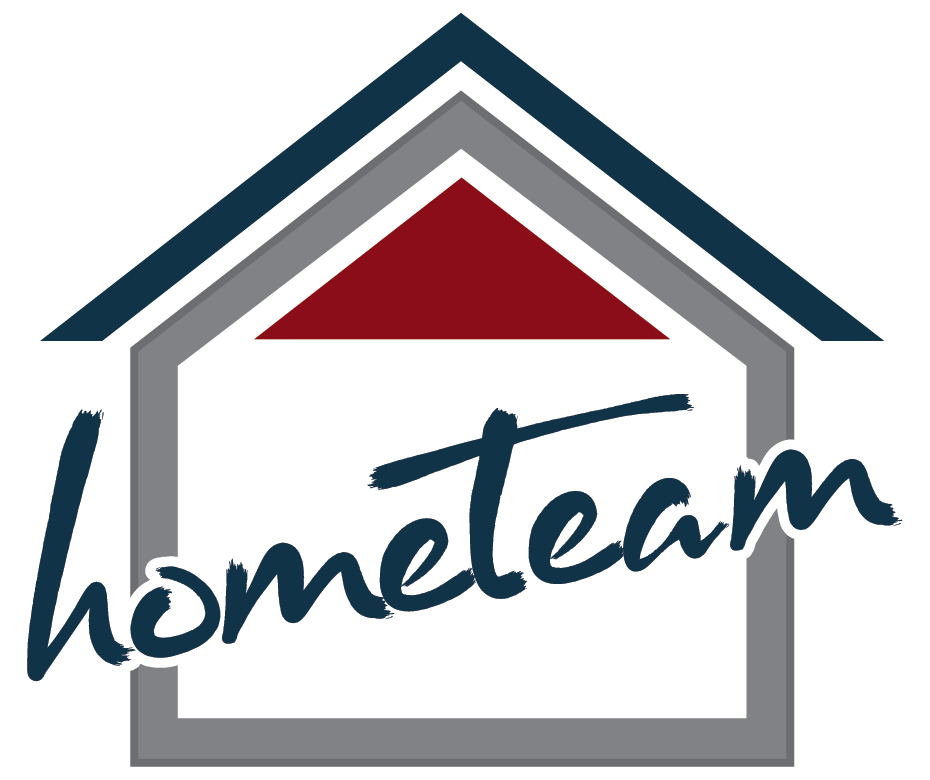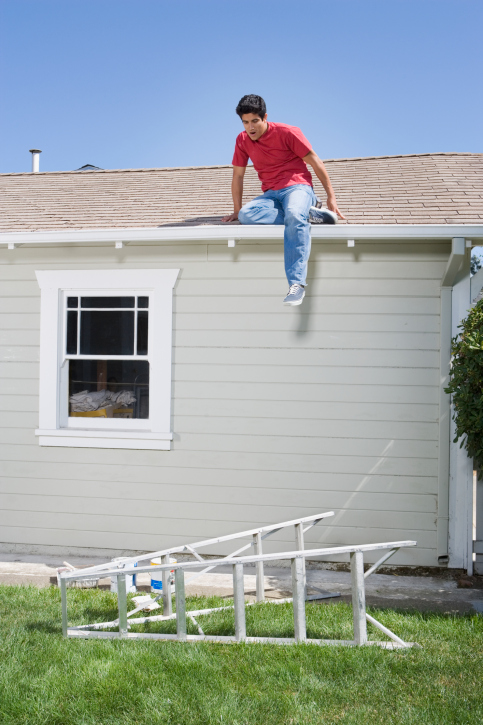Pinterest, blogs, and HGTV can give homeowners some amazing inspiration on how to turn a house into a home. However, it may also lead to a sense of artificial confidence to tackle some bigger projects that may actually lead to decreasing your home’s value. One of the worse things you could do is spend a whole lot of time, energy, and money on a weekend project that drops your home’s marketability. Here are a few subjective DDIY (Don’t Do It Yourself) projects that you may want to steer clear of.

Let’s start with the most obvious of things to avoid; anything that’s a major undertaking with specific expertise required and if done by an amateur could need a complete redo. For this category perhaps anything revolving a lot of electrical and/or high voltage work. Some plumbing projects are okay, but avoid ones that require extending copper pipes, soldering fittings, or other delicate matters that could result in a major leak behind concealed walls. It’s likely best to leave all gas line related matters to the professionals too! Taking down interior walls and/or large trees are often times projects best not to do yourself.

Another major category to avoid is roofing. Although it appears to be a relatively easy project it can be back-breaking and very risky. Hauling supplies up and down a ladder, battling gravity, and being out in the sun can have some serious consequences. Plus there’s still the skill set required to insure that it’s weatherproof. Lastly, it’s a project that if you get just one step wrong the entire job needs to be redone.
A good majority of home renovations are governed by city/county building code. Most DDIY projects are the ones that require up-to-date knowledge of compliance requirements. One that I see pop up most frequently on home inspections is focused on decks, covered porches, and/or additions. Historically these building code requirements have gotten more strict every 3 years. Professionals have knowledge of the most current common practices and can be sure that these structures are built to code, are safe, AND look great. There’s been horror stories told of entire structures built, the county swings by to inspect, and the whole thing needs to be demolished and built back correctly. Save yourself the headache and hire the right folks the first time.
A more subjective suggestion of a venture to not pursue is the installation of your own flooring. Too often, there are homes that the floors look great in the pictures but when you begin to walk through the home a purchaser can clearly tell that it was a DIY-er. Tell-tales of DIY flooring is that the shoe molding doesn’t cover or is missing, wide and/or chunky threshold pieces, and/or it abruptly stops at a closet/pantry. Some homeowners will also remove the carpet of the pine steps and either stain or paint them to appear as hardwood with mixed results. Flooring can be a terrific project but needs to be done well.
Not only can some do-it-yourself projects be dangerous, they can also threaten the value of your home. If the job is not done correctly or within city/county ordinances it could result in the whole thing needing to be done all over again (except this time by the professionals). Next time you wheel out your work bench you may want to consider avoiding the major undertakings, roofing, building a new deck, covered porch, or addition, and replacing the flooring. With enough research, help, and past experiences, some updates will make for amazing projects (in fact, be sure to check out some ideas on our blog), but carefully consider what may just need to be left to the pros.

